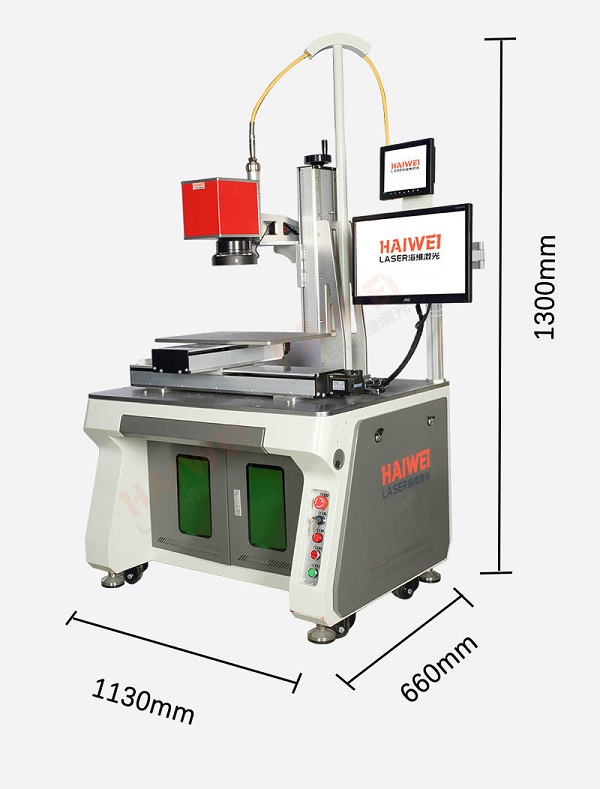How Laser Output Modes Affect Welding Performance in Laser Welding Machines
When selecting a laser welding machine, one critical factor often overlooked is the laser output mode. This refers to the spatial distribution of the laser beam’s intensity, which directly influences weld penetration, bead geometry, and overall joint quality.

1. Continuous Wave (CW) Mode
In CW mode, the laser emits a steady beam. This is suitable for high-speed, deep-penetration welding of thick materials, such as in automotive or heavy machinery applications. However, it can generate more heat input, increasing the risk of distortion in thin or sensitive components.
2. Pulsed Mode
Pulsed output delivers energy in short bursts, allowing control over peak power and cooling time between pulses. This mode is ideal for welding thin sheets, small electronic parts, or heat-sensitive materials. It reduces thermal stress and minimizes spatter, making it well-suited for precision applications.
3. Modulated or Quasi-CW Mode
Some fiber laser welding machines offer modulated output, where pulse frequency and duration are adjustable. This provides flexibility in managing heat accumulation, especially when welding reflective materials like aluminum or copper.
4. Beam Profile and Mode Quality (M²)
Beyond on/off modes, the beam’s spatial profile—such as Gaussian or top-hat—affects energy distribution. A top-hat profile delivers more uniform intensity across the spot, leading to consistent melt pools and smoother weld seams, especially in conduction-mode welding.
For buyers, understanding your application’s thermal and geometric requirements is key. If you're working with fine components or dissimilar metals, a laser welding machine with advanced laser output mode control offers better process stability and higher yield. Always verify the system’s ability to switch between modes and its compatibility with your production cycle.
Recent Posts
- What are the advantages of laser welding machines in lithium battery pack production lines?
- What issues should be noted when choosing a lithium battery pack production line?
- Quality Inspection and Control of Lithium Battery Module Pack Production Line
- Cell grouping and sorting process in lithium battery module pack production line
- What are the safety hazards of lithium battery pack production lines and how can they be prevented?
INQUIRY

